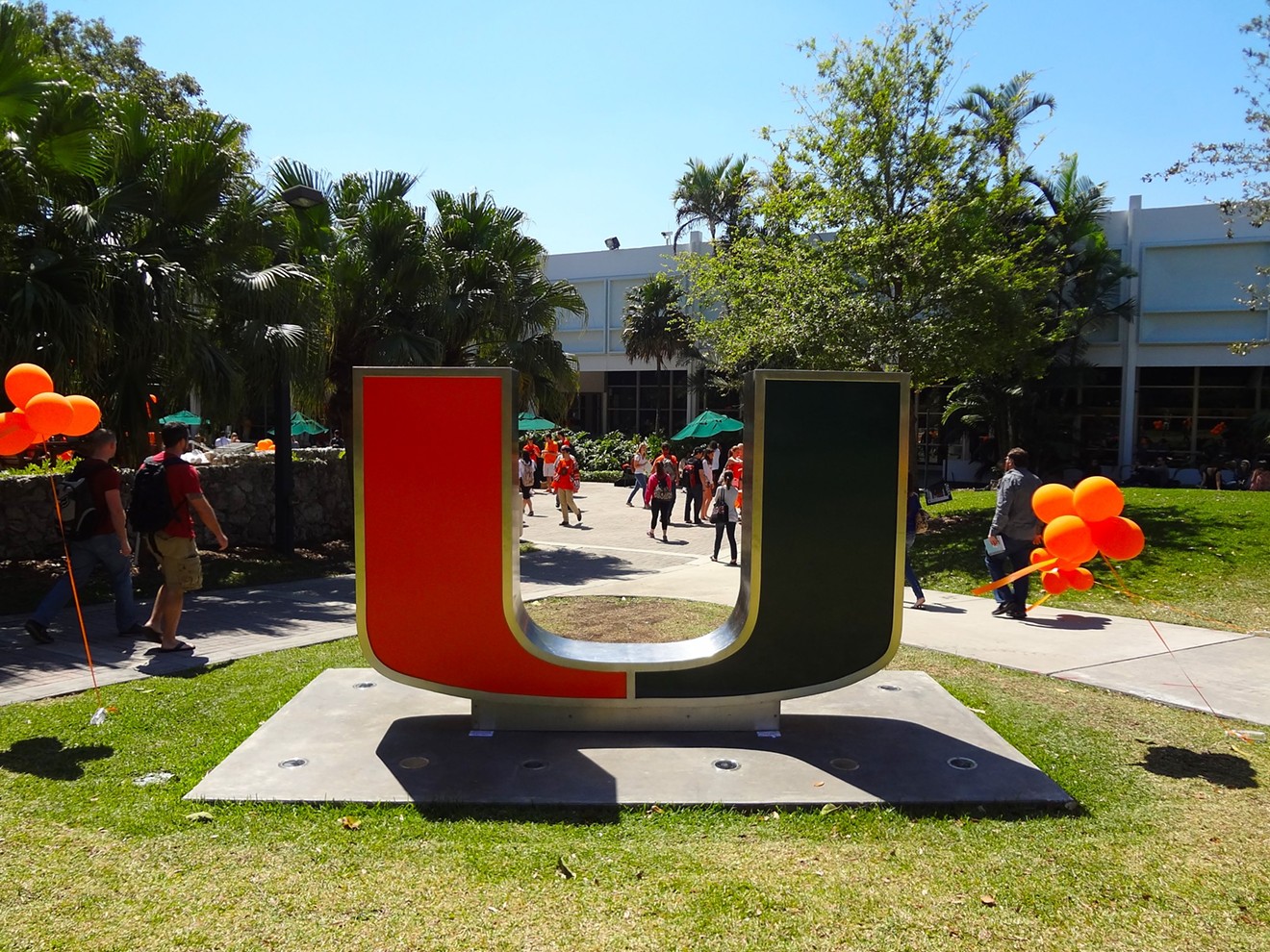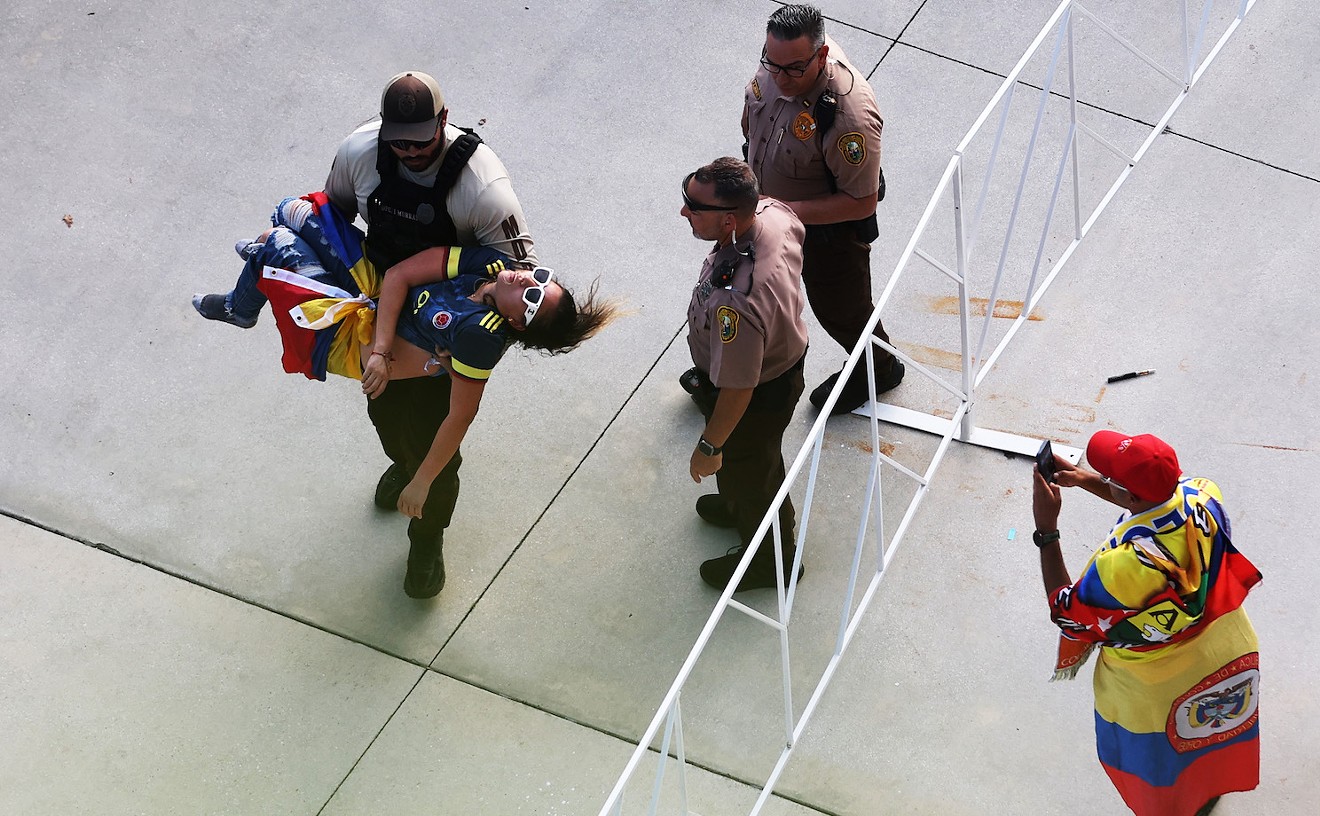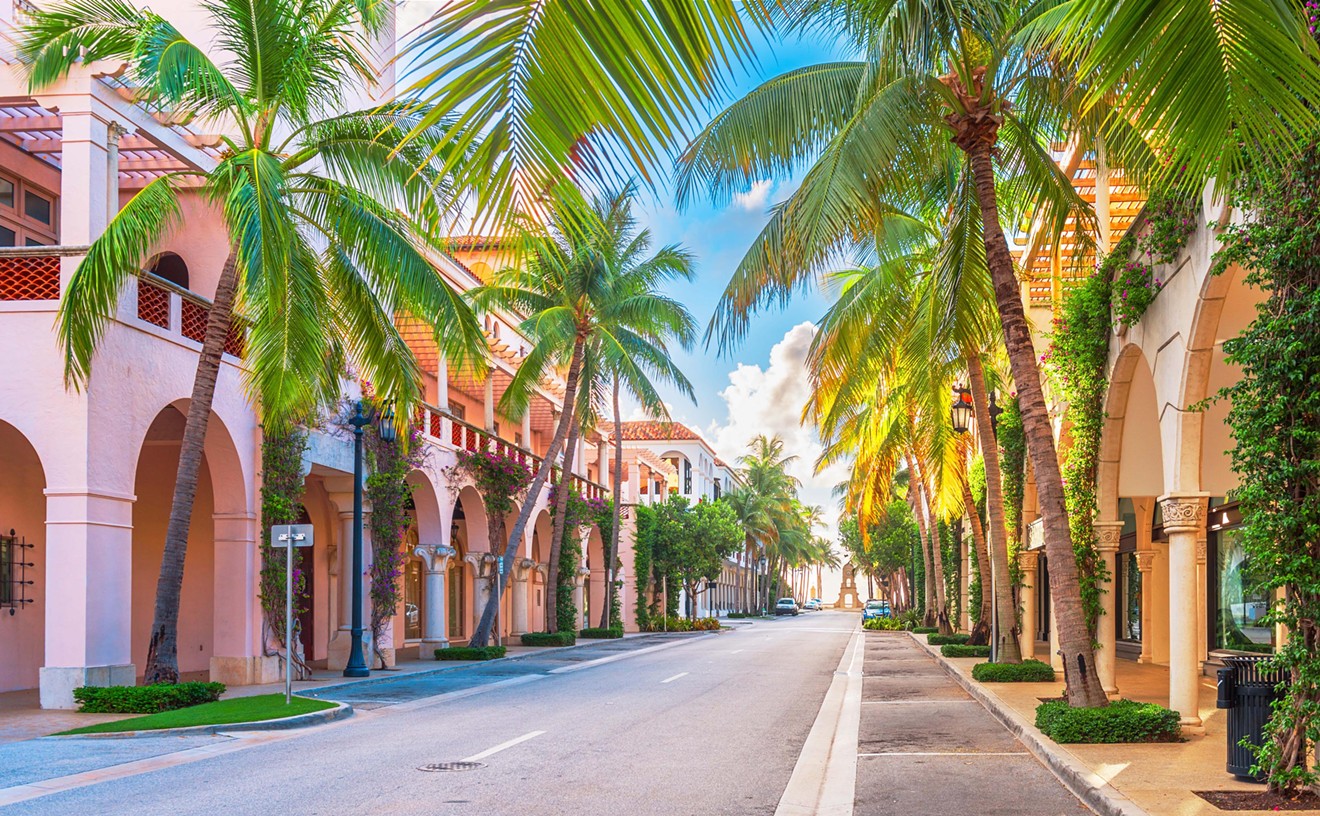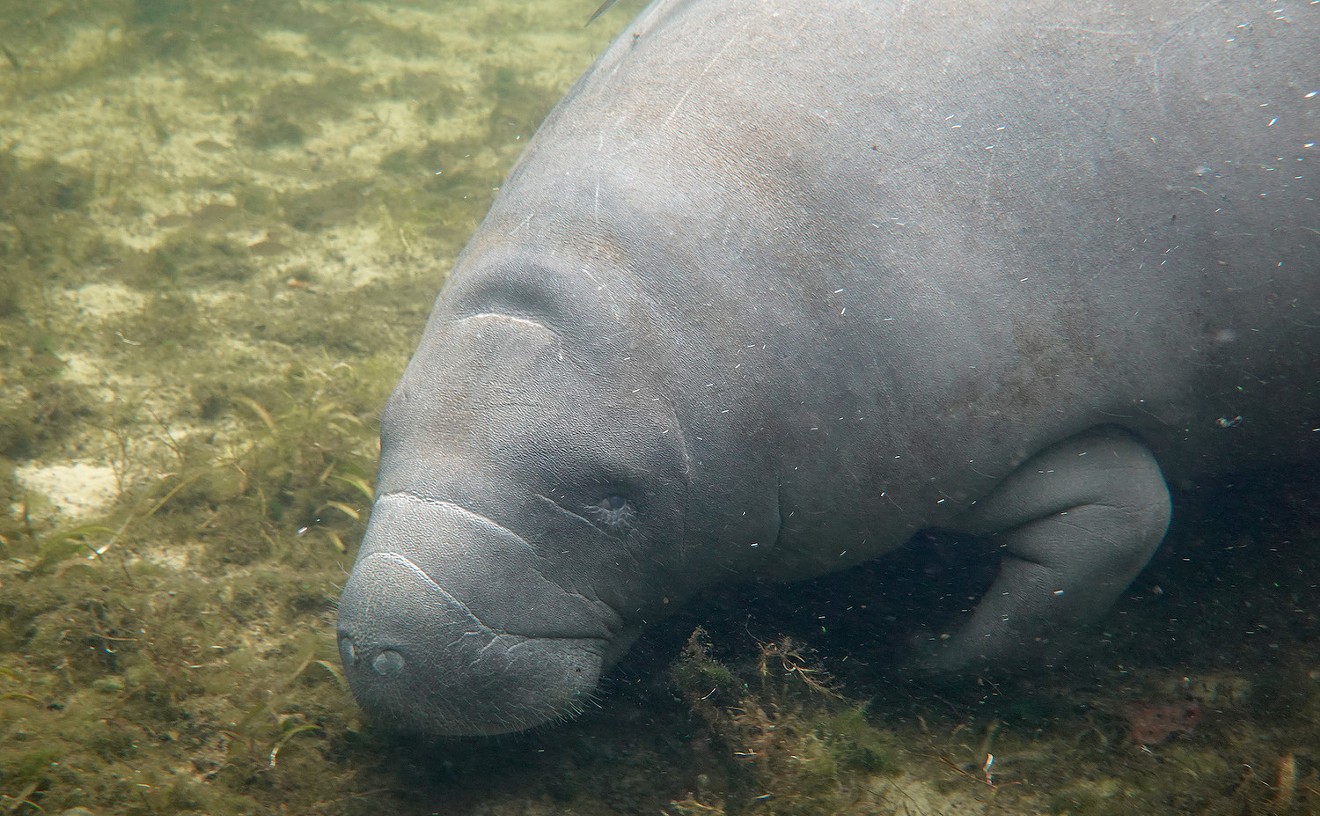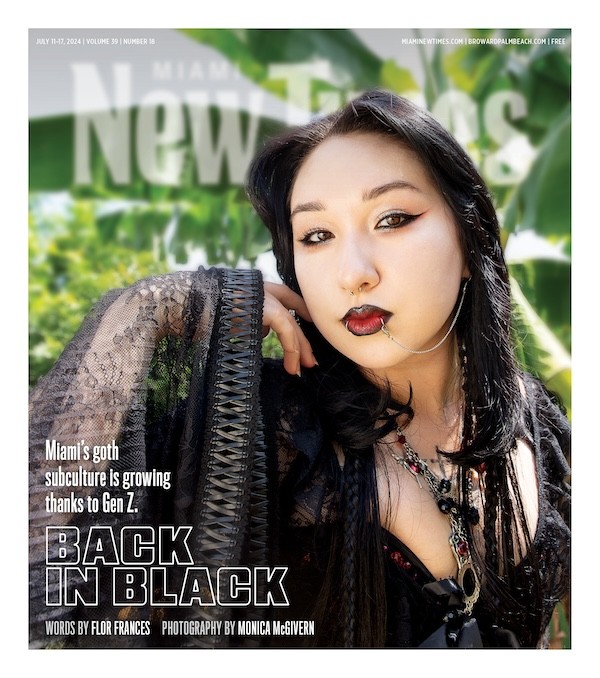The American college campus undoubtedly will look different this year. Uncertain about the safety of in-person classes, some students are reluctant to return to their universities this fall.
That's especially true in Florida, which in recent weeks has flirted with the status of world epicenter for COVID-19. The state's public universities have said they'll offer in-person classes with strict guidelines. Two of the largest schools, the University of Florida and Florida State University, will allow students to complete their classes and exams remotely after Thanksgiving break to thwart potential a spike in travel-related cases at the end of the semester.
The University of Miami (UM), meanwhile, is already making plans for what will happen when one the inevitable occurs and one or more of its 17,000 students gets sick. The plan detailed in an email from UM president Dr. Julio Frenk — a former World Health Organization official and Mexican minister of health — includes designated isolation spaces on campus for students who contract the coronavirus, similar to plans made by the University of Florida.
UM's on-campus newspaper, the Miami Hurricane, initially reported that Stanford Residential College, a dorm typically assigned to freshmen, would be redesigned as a quarantine area for students who test positive. But housing director Ivan V. Ceballos Jr. tells New Times the building doesn't conform to guidance from the Centers for Disease Control and Prevention (CDC) for infected persons to use private bathrooms.
Instead, UM will quarantine sick students at Mahoney-Pearson Residential College, a dorm typically reserved for upperclassmen. Mahoney-Pearson meets CDC guidelines with its availability of single dorm rooms and private bathrooms that will be set aside and utilized for quarantine purposes if needed. Nearby hotels will be used if space at Mahoney-Pearson is unavailable.
(The Stanford dorm was originally planned for demolition this summer. But in light of the public-health crisis, university officials have opted to keep it open to provide more than 800 extra beds for incoming freshmen.)
To qualify for an on-campus isolation room, a student must test positive for COVID-19 and then be directed by student health to be placed in isolation. Shortly after, the facilities department will be notified to sanitize the student's living space, as well as the surrounding area or any common areas the student occupied.
A case manager will be assigned to every sick resident and share guidelines for those students, who will be expected to remain in their designated room and complete basic housekeeping tasks. Meal delivery and laundry services will be coordinated for sick students, and the university has contracted with a home health agency to provide medical support.
Elsewhere on campus, school officials are looking to construct Plexiglas barriers where appropriate and to redesign shared bathrooms and lobbies to be touchless. Per new CDC cleaning and sanitation standards, UM will pay extra attention to disinfecting common areas with highly touched surfaces, especially communal bathrooms.
Students also must wear facial coverings, wash their hands, and report any illness.
"The system is there and it depends on a community effort," Ceballos tells New Times. "We have a great infrastructure in place. The missing component is the students who are eager to get back and continue their education."
Despite the precautions, some students worry about the possibility of contracting coronavirus on campus. Incoming junior Savannah Harpster tells New Times she fears most students don't appreciate the severity of the virus.
"A lot of young people really don't care. They just want to go back and go to the frat parties and the bars," she says. "I don't have total faith that everyone is going to act responsibly."
Harpster has Type 1 diabetes, an autoimmune disorder that makes her more vulnerable than many of her peers.
"My main concern is that most of my classes are in person, and I'm not sure if I am actually going to go through with the in-person classes or not because I am at high risk," she says. "I would rather be at my house in Miami doing work knowing I'm safe. In-person classes are nice, but at the expense of my health or another person's health, I don't think it's worth it."
Junior Collin Calis says that although the detailed agenda makes him feel better, he's not confident that other students will comply.
"I don't know that people are reliable enough. I just feel like we are going to go back to school and people will either forget or stop caring," Calis says.
Classes at UM begin on August 17, a week earlier than originally planned, in order to maximize students' time on campus. Like UF and FSU, UM students will complete courses and exams remotely after Thanksgiving break.
[
{
"name": "Air - MediumRectangle - Inline Content - Mobile Display Size",
"component": "19274298",
"insertPoint": "2",
"requiredCountToDisplay": "2",
"watchElement": ".fdn-content-body",
"astAdList": [
{
"adType": "rectangle",
"displayTargets": "mobile"
}
]
},{
"name": "Editor Picks",
"component": "17482312",
"insertPoint": "4",
"requiredCountToDisplay": "1",
"watchElement": ".fdn-content-body",
"astAdList": [
{
"adType": "rectangle",
"displayTargets": "desktop|tablet"
},{
"adType": "rectangle",
"displayTargets": "desktop|tablet|mobile"
}
]
},{
"name": "Inline Links",
"component": "18711090",
"insertPoint": "8th",
"startingPoint": 8,
"requiredCountToDisplay": "7",
"maxInsertions": 25
},{
"name": "Air - MediumRectangle - Combo - Inline Content",
"component": "17482310",
"insertPoint": "8th",
"startingPoint": 8,
"requiredCountToDisplay": "7",
"maxInsertions": 25,
"watchElement": ".fdn-content-body",
"astAdList": [
{
"adType": "rectangle",
"displayTargets": "desktop|tablet"
},{
"adType": "rectangle",
"displayTargets": "desktop|tablet|mobile"
}
]
},{
"name": "Inline Links",
"component": "18711090",
"insertPoint": "8th",
"startingPoint": 12,
"requiredCountToDisplay": "11",
"maxInsertions": 25
},{
"name": "Air - Leaderboard Tower - Combo - Inline Content",
"component": "17482313",
"insertPoint": "8th",
"startingPoint": 12,
"requiredCountToDisplay": "12",
"maxInsertions": 25,
"watchElement": ".fdn-content-body",
"astAdList": [
{
"adType": "leaderboardInlineContent",
"displayTargets": "desktop|tablet"
},{
"adType": "tower",
"displayTargets": "mobile"
}
]
}
]

